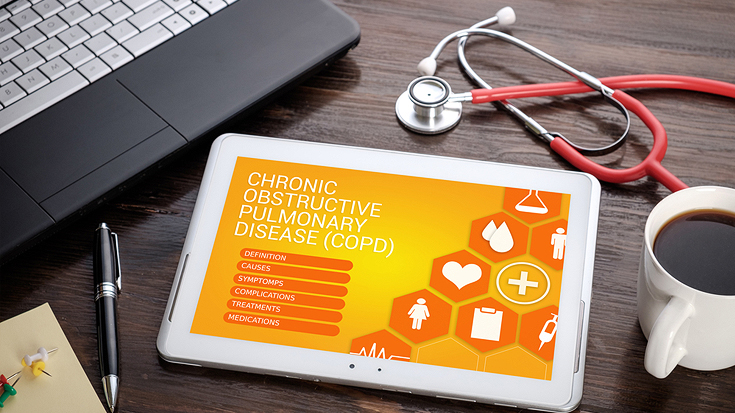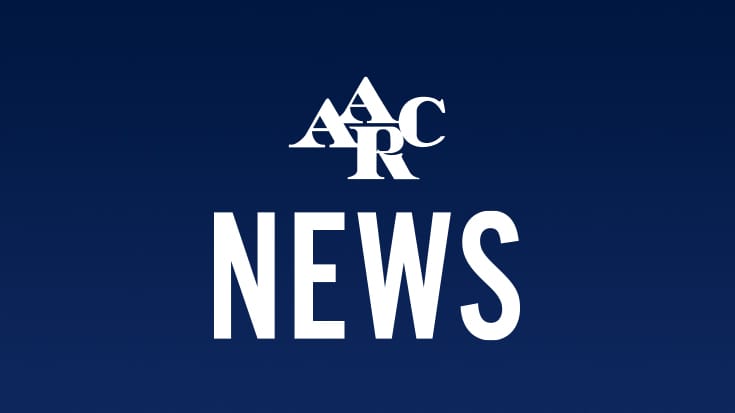
Most clinicians view charting as a chore. But clinical documentation is a fact of life in health care with far reaching implications for hospitals and their patients. Respiratory care managers explain why bedside therapists need to take it seriously.
Not charted? Not done!
“There is a real simple statement that covers this,” said Jeff Davis, BS, RRT, respiratory care manager at UCLA Ronald Reagan Medical Center in Los Angeles, CA. “If it isn’t charted, it wasn’t done.”
Steve Mosakowski, MBA, RRT, RRT-NPS, FAARC, director of respiratory care services at the University of Chicago Hospital in Chicago, IL, says documentation ensures other health care providers are aware of and understand the work the RT has done to help the patient toward their goal, which is usually to get back to their normal state of health and go home.
“There are also legal reasons for communication of what was done to the patient,” he continues. Coding requires documentation to support billing and charges too.
Harry Morris, MSc, RRT, senior manager for adult services in the respiratory care department at Florida Hospital in Orlando, says clinical documentation provides evidence for process performance and billing questions that may arise, as well as a timeline for a patient’s clinical process — or lack thereof.
Source of truth
Of course, just writing something down or typing in a few words doesn’t get the job done. Davis emphasizes that documentation must be both objective and specific.
“The patient chart is the official record of the patient visit,” he said.
“Clinical documentation is the source of truth — as long as it is factual,” agrees Morris.
He advises therapists to avoid cutting corners and pay attention to details. Therapists who don’t may be sorry should they find themselves in a witness box one day with nothing to rely on except the documentation they, themselves, provided.
“When free texting, provide concise, accurate descriptions of what you are relating to,” Morris said.
Therapists in his department go through official training on documentation and he encourages them to stick with the process taught during their orientations or any educational updates.
“I also encourage them to escalate documentation questions if they are unsure,” Morris said.
How the EMR comes into play
Mosakowski puts his staff through documentation training as well, and both he and Davis use the Epic system for the EMR, where documentation now takes place.
“We are continually working with Epic to build or tweak processes to help keep track of all activities taken by the RT to provide care to the patient,” Mosakowski said. “We also provide an Epic expert in our department to help answer staff concerns quickly.”
His department is also working toward a mobile device to help with real-time charting.
“We encourage real-time charting in the units where the patients receive care,” Mosakowski said. “By moving toward a more mobile solution for charting, we are hoping that less time is spent charting, thereby providing more time for care.”
While the EMR is certainly the way of the future, Davis sees some downsides as well.
“The EMR has turned documentation into ‘box clicking,’” he said. “RTs write fewer and fewer notes in the chart. In the long run I believe this could make it difficult to remember the patient in the future, if needed.”
But he emphasizes therapists in his department are given the time they need to get their documentation done.
“In our system, the charting is built into the time allotted for the procedure,” Davis said. “The AARC URM is a wonderful reference for this.”
Morris uses the Uniform Reporting Manual as well.
“We follow AARC’s URM and have modified some time standards for complex high acuity situations to accommodate real time documentation,” Morris said. “Despite this, however, I find some staff still batch charting.”
Just do it
Clinical documentation is rarely anyone’s favorite part of being an RT, but it is nevertheless an important part of the job. Like any other less-than-thrilling aspect of any job, it just needs to get done.
“RTs are an integral part of the caregiving team,” Davis said. ”Documentation is an important part of communication with physicians, nurses, and other health care providers to understand the full picture of the patient case.”
Documentation ensures those other health care providers know how valuable RTs are to the health care team.
Email newsroom@aarc.org with questions or comments, we’d love to hear from you.
















